Did you know that some of the fiercest cats ever to walk the Earth vanished when leafy forests turned into sweeping grasslands? Imagine a world where giant saber-toothed predators prowled under dense canopies—until everything changed. As forests thinned and grass waved across the land, these magnificent cats faced a new world that just didn’t suit their wild ways. Let’s dive into the fascinating stories of saber-toothed felines who couldn’t survive the big switch from shady woods to open plains. Which one would you want peeking out from behind a tree?
Smilodon: The “Classic” Saber-Tooth Superstar
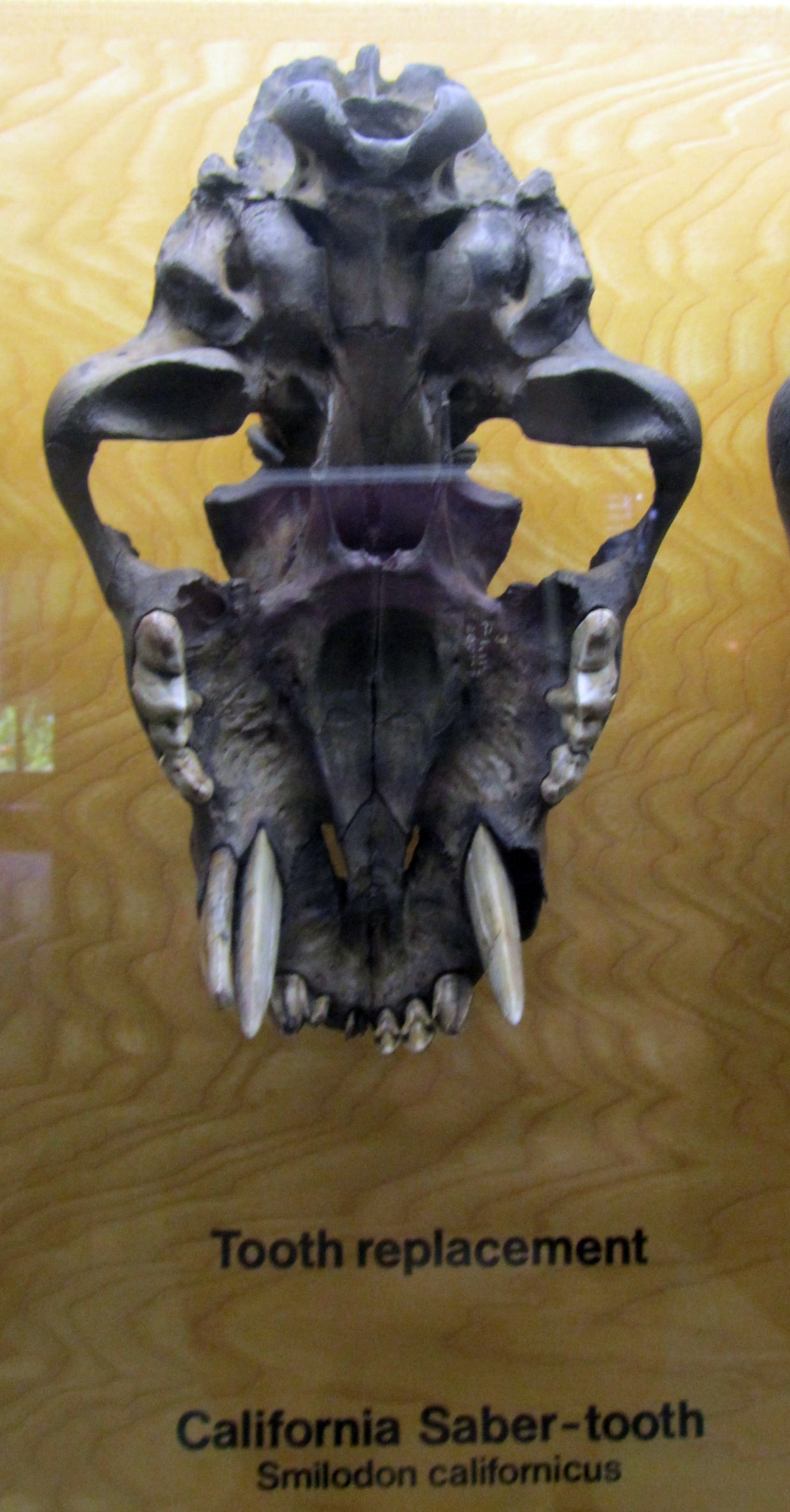
Smilodon, sometimes nicknamed the saber-tooth tiger, is the superstar of the saber-toothed world! With fangs up to seven inches long, it was built to take down huge prey hiding in dense forests. But when the trees disappeared and open grasslands took over, its ambush strategy didn’t work so well. Imagine trying to sneak up on someone in a wide-open field—kind of impossible! Smilodon needed cover to stalk and surprise its food. Without forests, it lost its edge and, eventually, its place on Earth. Still, those massive teeth are a symbol of wild power, even if they ended up being a bit too specialized for a changing world.
Homotherium: The “Scimitar Cat” With a Need for Speed
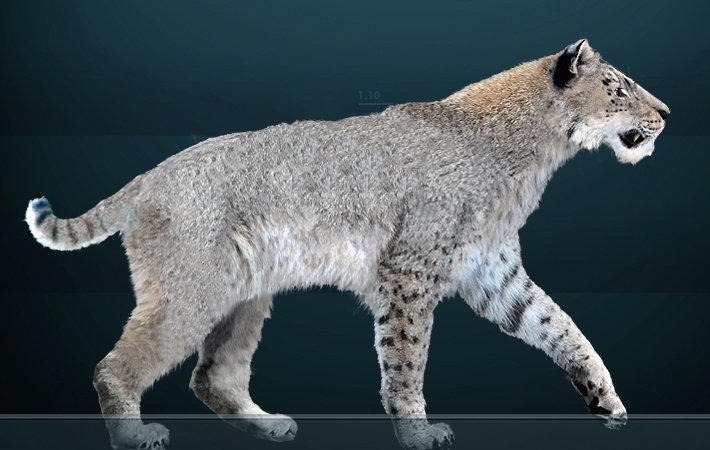
Homotherium, also called the “scimitar cat” for its curved, blade-like teeth, was a saber-tooth with long legs and a runner’s body. Think of it as the cheetah’s ancient cousin, but with scary fangs! It hunted in packs and chased down prey in forested patches, using teamwork and speed. But as grasslands spread, its prey scattered and hiding spots vanished. Homotherium’s hunting skills just didn’t translate to the wide-open spaces, leading to its slow fade from the planet. Imagine a sprinter forced onto a marathon course—sometimes, the world just changes too fast for even the coolest cats.
Megantereon: The Compact, Muscular Powerhouse

Megantereon looked kind of like a beefed-up modern leopard with exaggerated, saber-shaped teeth. It was all about ambush—lurking in shadows, springing onto unsuspecting prey, and using short bursts of massive strength. Forests were its stage, and Megantereon was a master performer. But when trees gave way to grass, there was nowhere to hide! Its heavy, muscular body wasn’t cut out for long chases in the open. Megantereon’s story is a classic case of being in the right place at the wrong time—a reminder that even the toughest creatures can vanish if their world changes too much.
Xenosmilus: The “Peculiar” Saber-Tooth With Double Trouble

Xenosmilus was a saber-tooth with a twist: instead of just two big fangs, it had a mouth full of slicing teeth, like a prehistoric steak knife. It combined the jaws of a hyena with the sabers of a cat—double trouble for any prey! Xenosmilus loved dense, tangled forests where it could ambush and overpower big animals. But grasslands didn’t offer the same cover or the same kind of prey. Without thick brush to hide in, Xenosmilus found itself out in the open—and out of luck. It’s a weird and wonderful reminder of how nature experiments, but not every experiment survives.
Paramachairodus: The Early Saber-Tooth Explorer

Paramachairodus was one of the first true saber-tooths, prowling the forests of Europe and Asia millions of years ago. With a sleek body and sharp fangs, it was like the pioneer of the saber-tooth family. These cats thrived in lush, wooded areas, using their agility and teeth to take down prey. But as forests shrank and grasslands spread, their hunting grounds disappeared. The new open habitat favored faster, more adaptable predators, leaving Paramachairodus behind. It’s like being an expert at hide-and-seek, then suddenly having nowhere left to hide!
Machairodus: The Giant Saber-Tooth of Old Europe
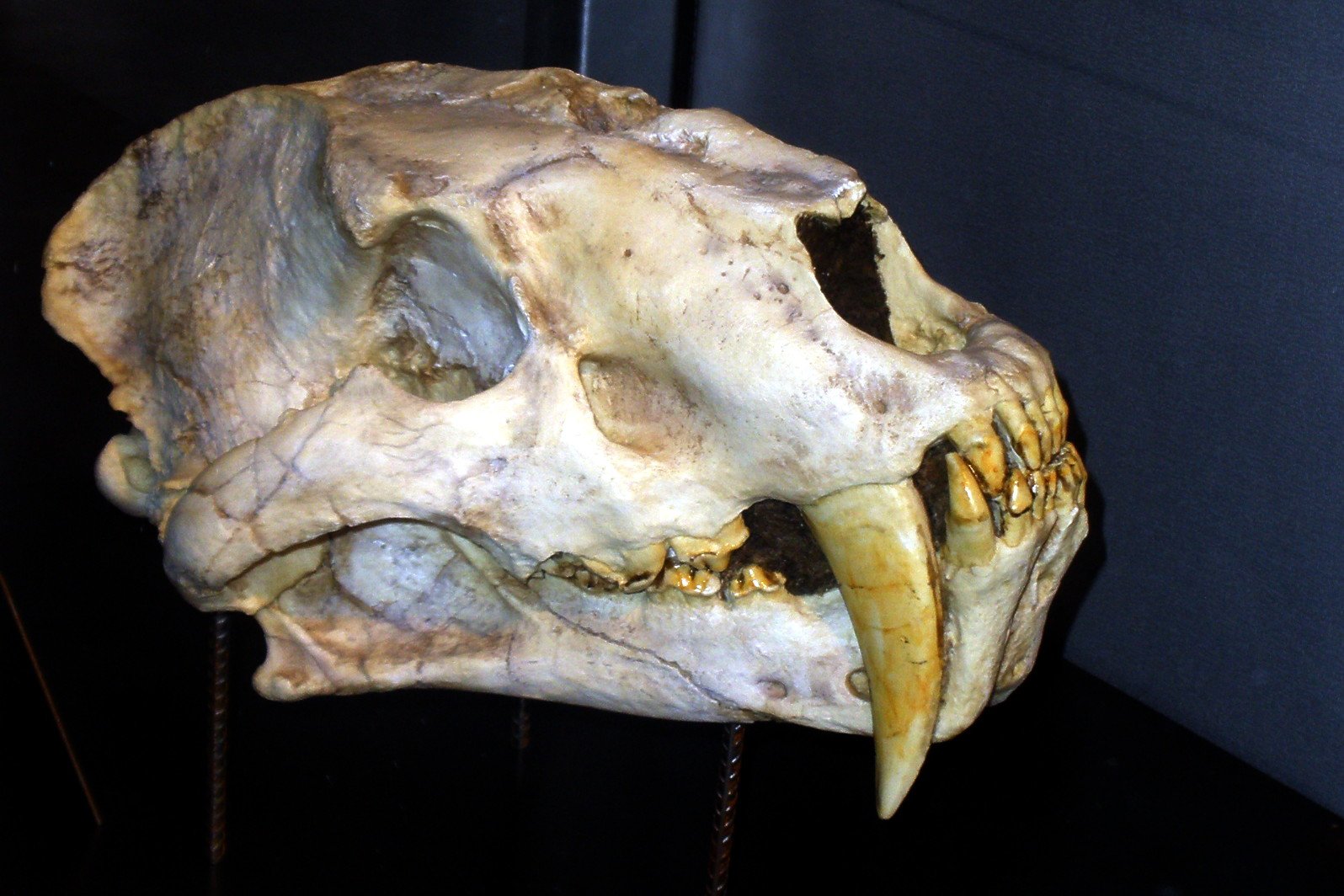
Machairodus was a true giant, sometimes weighing over 800 pounds! Its saber teeth were long and slightly curved, perfect for bringing down large prey in the shadows of ancient forests. This cat was a heavyweight wrestler—powerful, slow, and built for close-up ambushes rather than long pursuits. When forests turned to grasslands, Machairodus found itself stranded in a landscape that favored lighter, faster hunters. The open fields were just too challenging for this forest titan, proving that size and power aren’t always enough when the world flips the script.
Barbourofelis: The Oddball Saber-Tooth With Bulldog Jaws
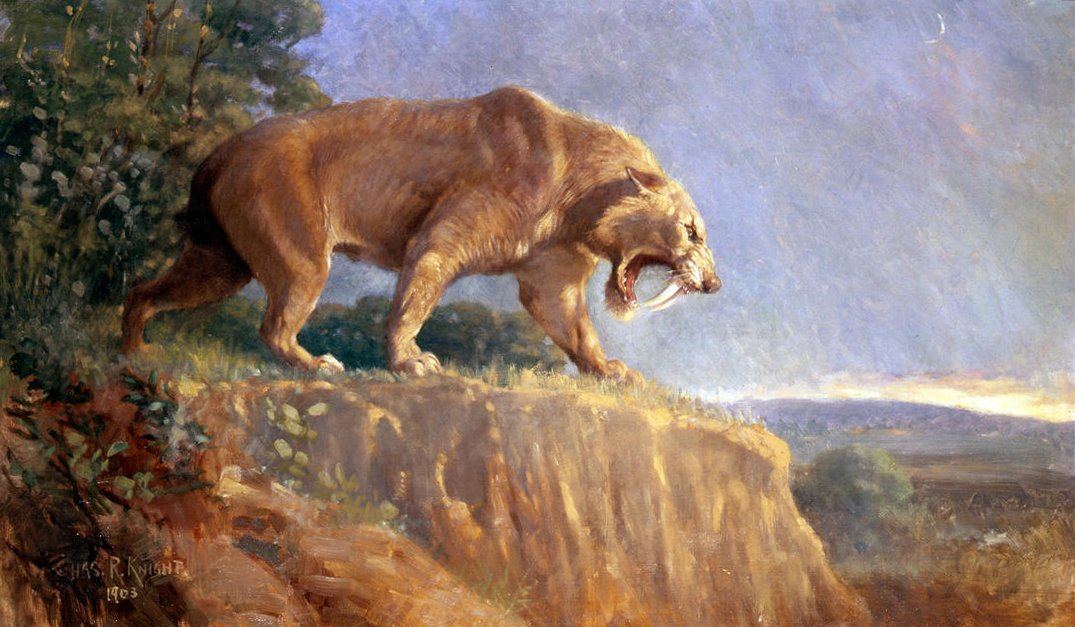
Barbourofelis was a saber-tooth with a difference—its lower jaw was extra strong, almost like a bulldog’s, to help support its mega-sized teeth. It was an ambush predator, pouncing from cover and using its jaws for a crushing bite. Picture a cat with a wrestler’s neck! But when forests gave way to open fields, Barbourofelis’s sneaky hunting style just didn’t work anymore. Its bulky build and need for close-range attacks left it outmatched in the new, speedy world of grasslands. Sometimes, even the weirdest adaptations can’t save you from a changing planet.
Lokotunjailurus: The Shy Saber-Tooth of Ancient Africa
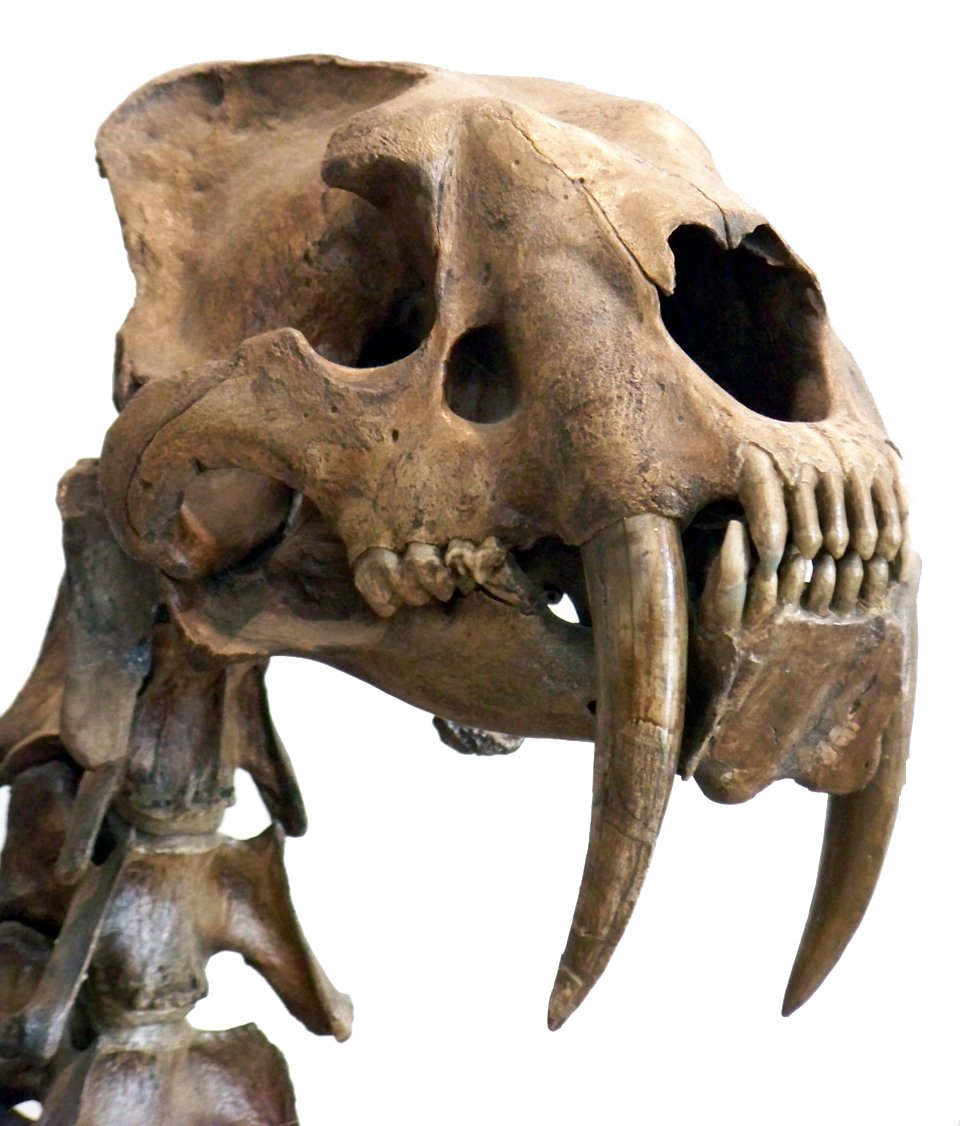
Lokotunjailurus may not be a household name, but this saber-tooth was a specialist in forest living. It stayed hidden, using stealth and patience to stalk prey in the thick African woods. Think of it as the introvert of the saber-tooth club, avoiding open spaces whenever possible. As grasslands crept across Africa, Lokotunjailurus lost its safe spaces and the prey it relied on. Without the dense cover, it couldn’t compete with faster, more adaptable hunters. This cat’s story is a gentle reminder that sometimes, being shy isn’t enough when the world gets loud and bright.
Metailurus: The Nimble, Tree-Climbing Saber-Tooth
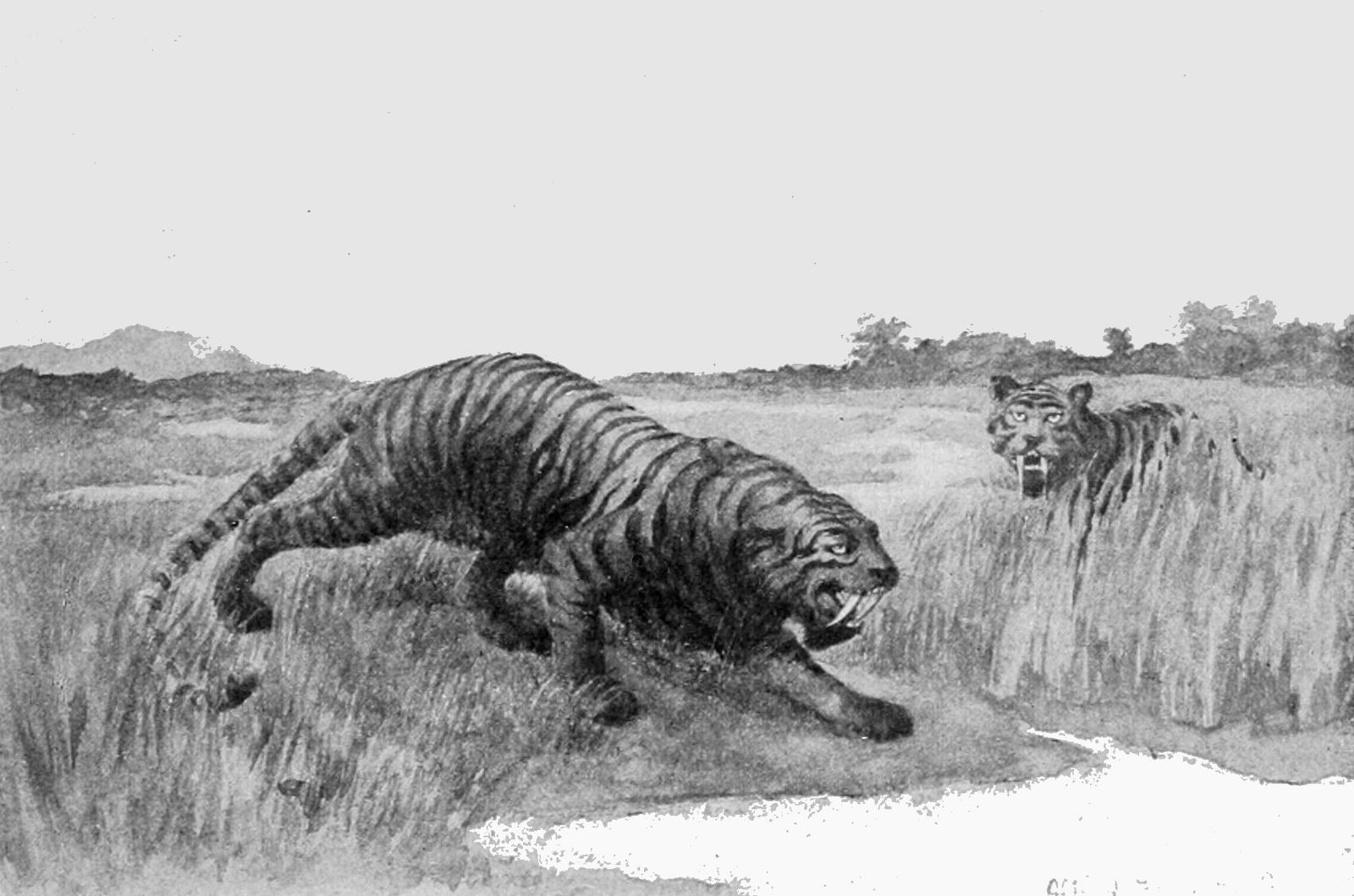
Metailurus was smaller and lighter than most saber-tooths, with a knack for climbing trees and sneaking through thick undergrowth. It was kind of like a saber-toothed bobcat, using agility and quick thinking to nab its meals. Forests were Metailurus’s playground, full of nooks and crannies to explore. But as grasslands spread, tree cover vanished, and so did Metailurus’s tricks. On the open plains, speed and stamina ruled, leaving this nimble climber without a home or a hunting plan. Sometimes, you need the right playground to shine!
Amphimachairodus: The Strong-Jawed Giant

Amphimachairodus was one of the heaviest saber-tooth cats, with a jaw that could crush bone and massive fangs that meant business. Picture a saber-toothed sumo wrestler, using raw strength to overpower prey in the forest. It thrived in shady, wooded environments where patience and stealth were keys to success. Once those forests turned to grasslands, Amphimachairodus lost both its cover and its favorite prey. Open fields just didn’t suit its heavyweight fighting style—speed and agility took over, and the giants faded away.
Machairodus aphanistus: The Shadowy European Hunter
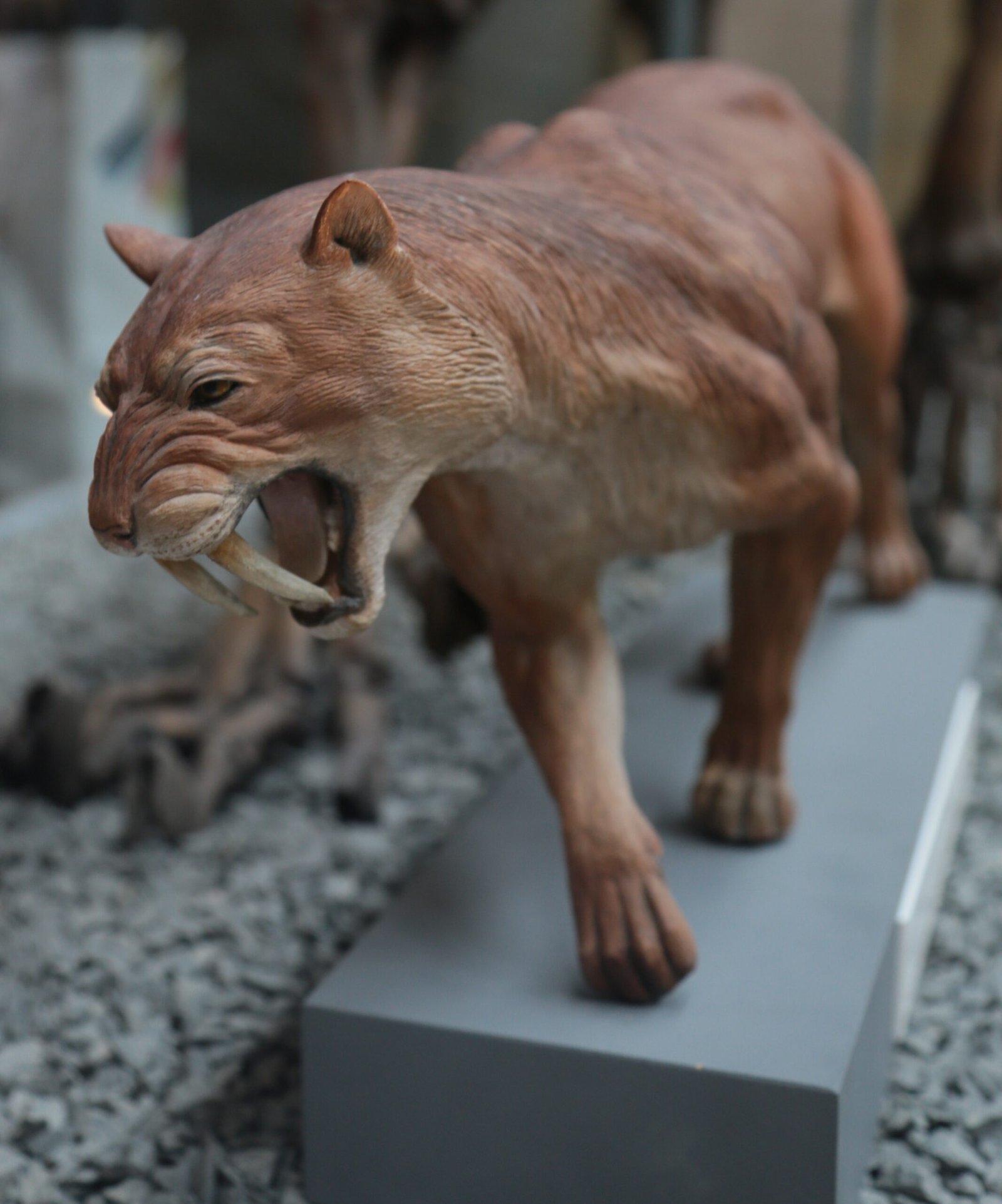
Machairodus aphanistus was a mysterious saber-tooth prowling Europe’s ancient forests. With a body built for short bursts of speed, it could leap from cover and strike before prey knew what hit them. Its life depended on thick vegetation that hid its approach, but as grasslands replaced forests, every move became exposed. The new landscape was like performing magic tricks with all the secrets out in the open—Machairodus aphanistus just couldn’t keep up and quietly slipped from history.
Rhizosmilodon: The Florida Saber-Tooth Specialist
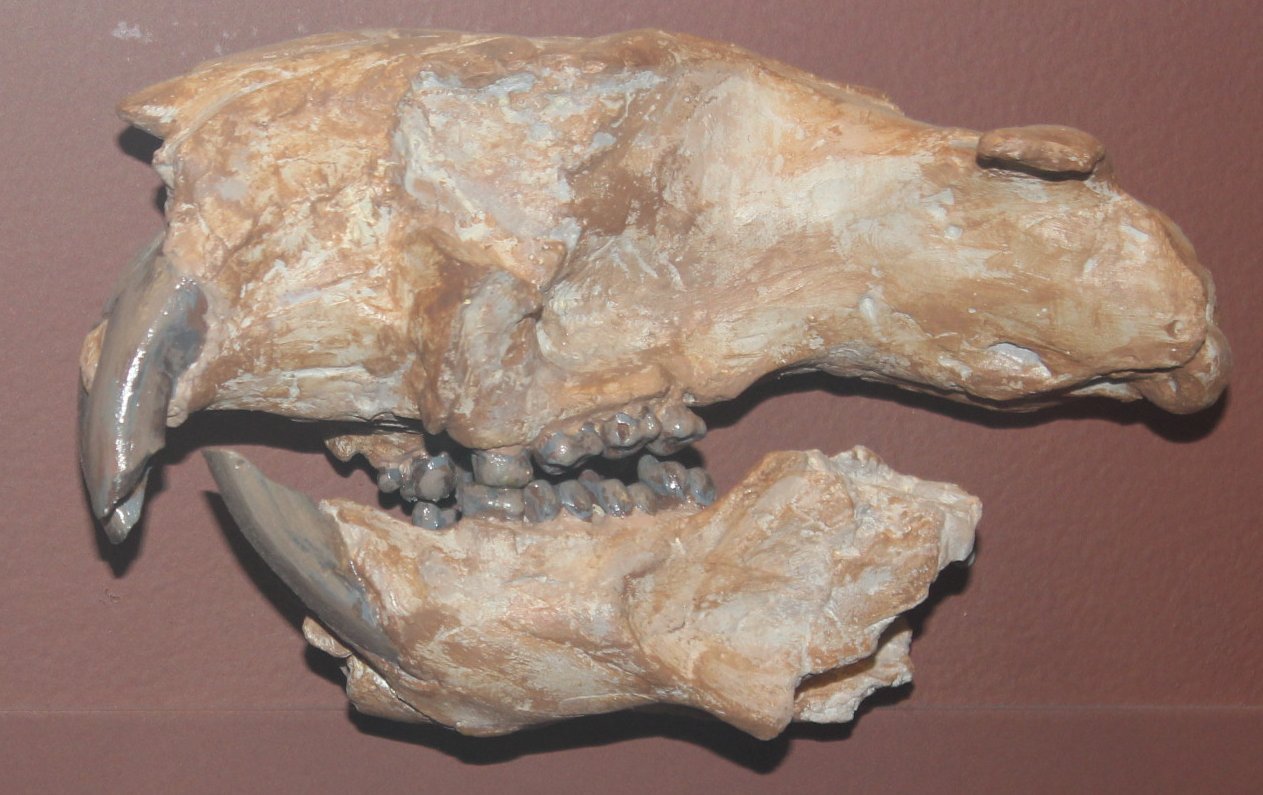
Rhizosmilodon was a saber-tooth cat that called ancient Florida’s lush forests home. It hunted deer and small mammals under the protection of dense foliage, using its saber teeth to deliver fast, fatal bites. This cat was like an expert in a very specific field—take away the forest, and it’s lost. When Florida’s forests turned to grasslands, Rhizosmilodon found itself out of place, unable to adapt to open hunting. Its story is a lesson in how even regional specialists can be swept away by big environmental changes.
Pontosmilus: The European Forest Phantom
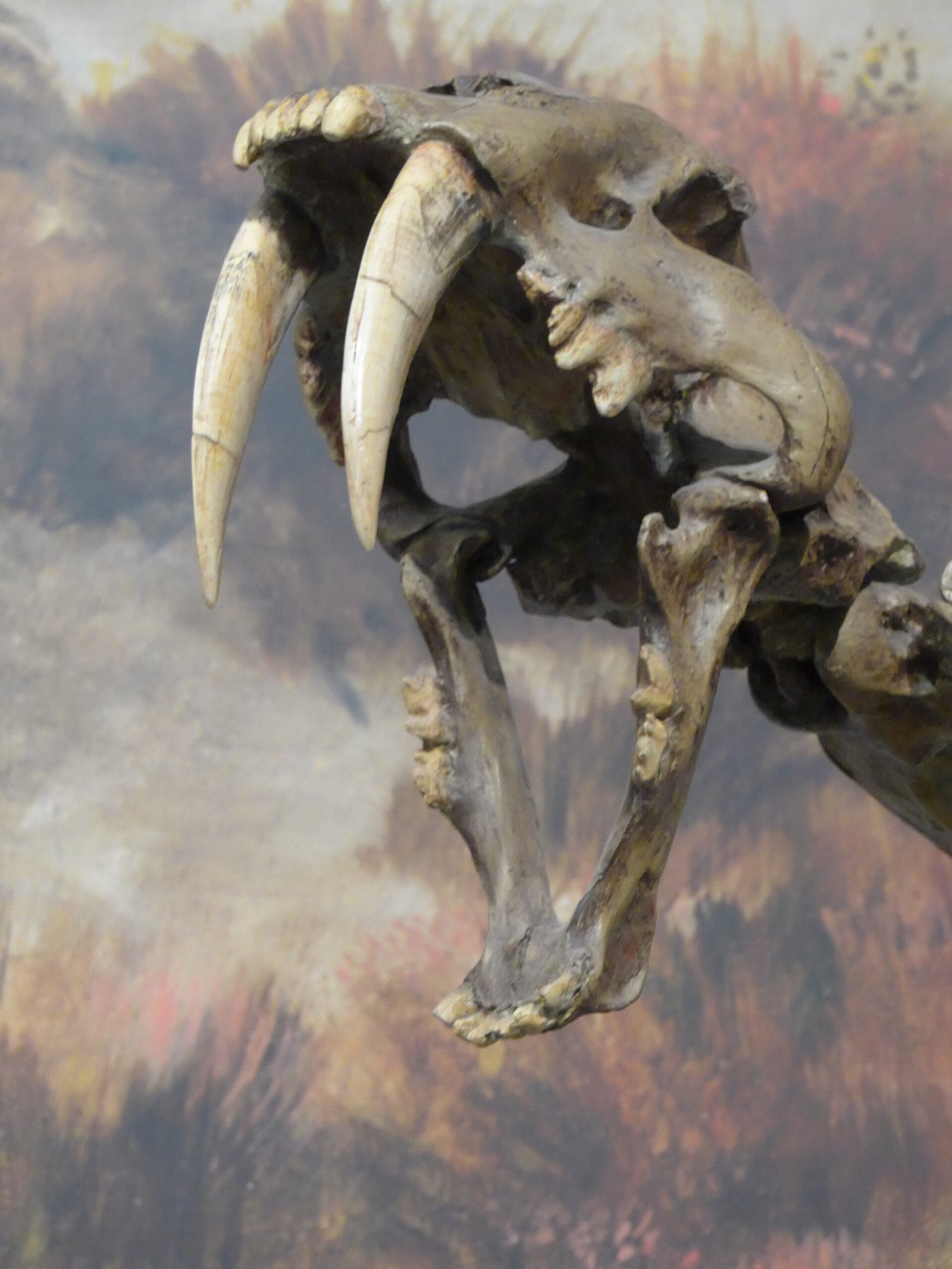
Pontosmilus was a lesser-known saber-tooth that haunted the forests of Europe millions of years ago. It thrived in the shadows, stalking prey with patience and precision. As a master of ambush, it relied on the tangled undergrowth to get close to its dinner. But as forests gave way to open plains, Pontosmilus’s sneaky tactics were exposed, and it struggled to find food. It’s hard to imagine a ghostly cat fading away, but that’s exactly what happened when its world turned inside out.
Promegantereon: The Quick but Cautious Hunter
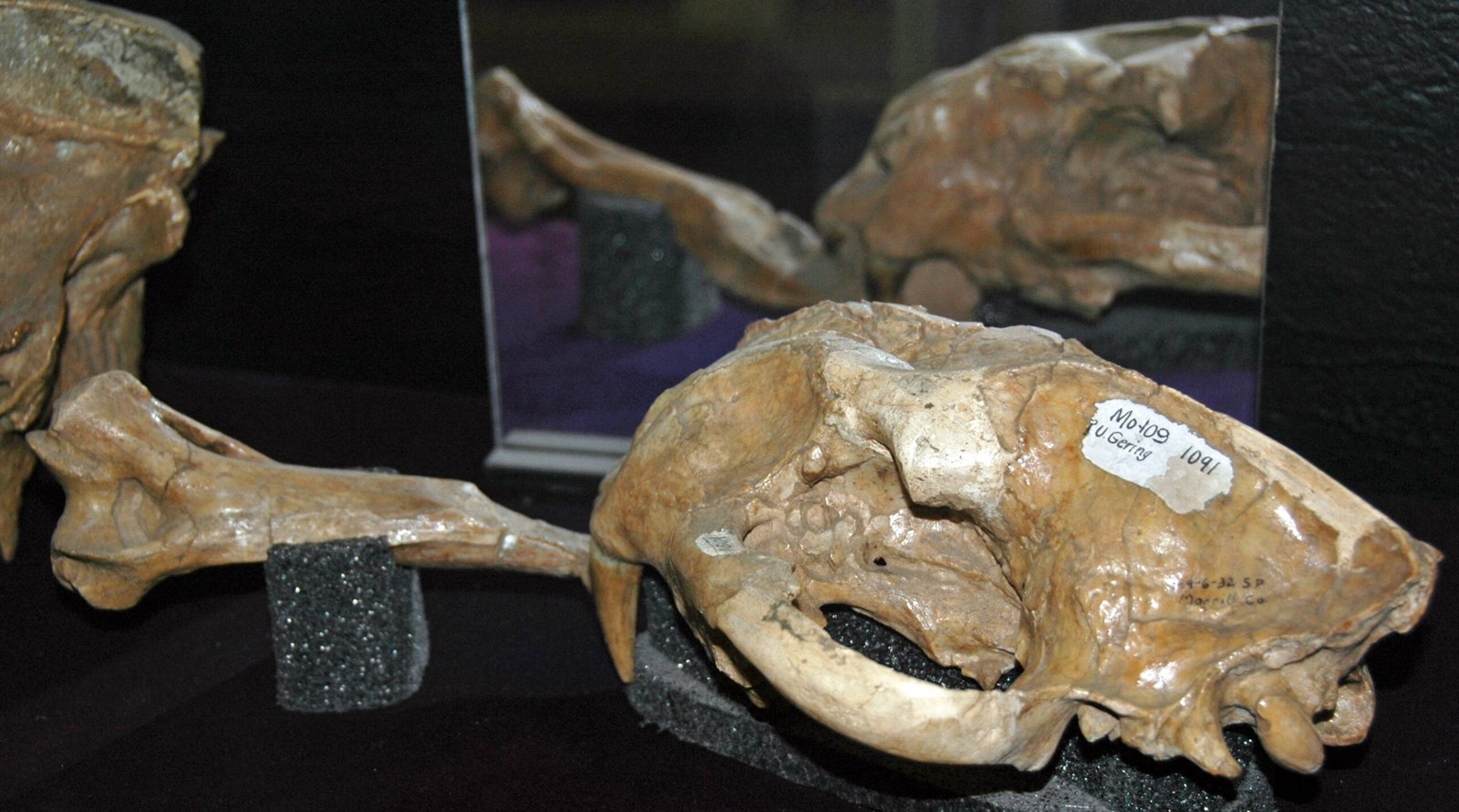
Promegantereon was like the saber-tooth version of a nervous sprinter—quick on its feet, but not built for endurance. It used bursts of speed in thick forests to catch prey by surprise. But when grasslands spread and cover disappeared, it was forced into longer chases it simply couldn’t handle. The new open world rewarded stamina and visibility, not short sprints and hiding. Promegantereon’s fate is a reminder that sometimes being fast isn’t enough if you can’t go the distance.
Machairodus giganteus: The Colossal Saber-Tooth
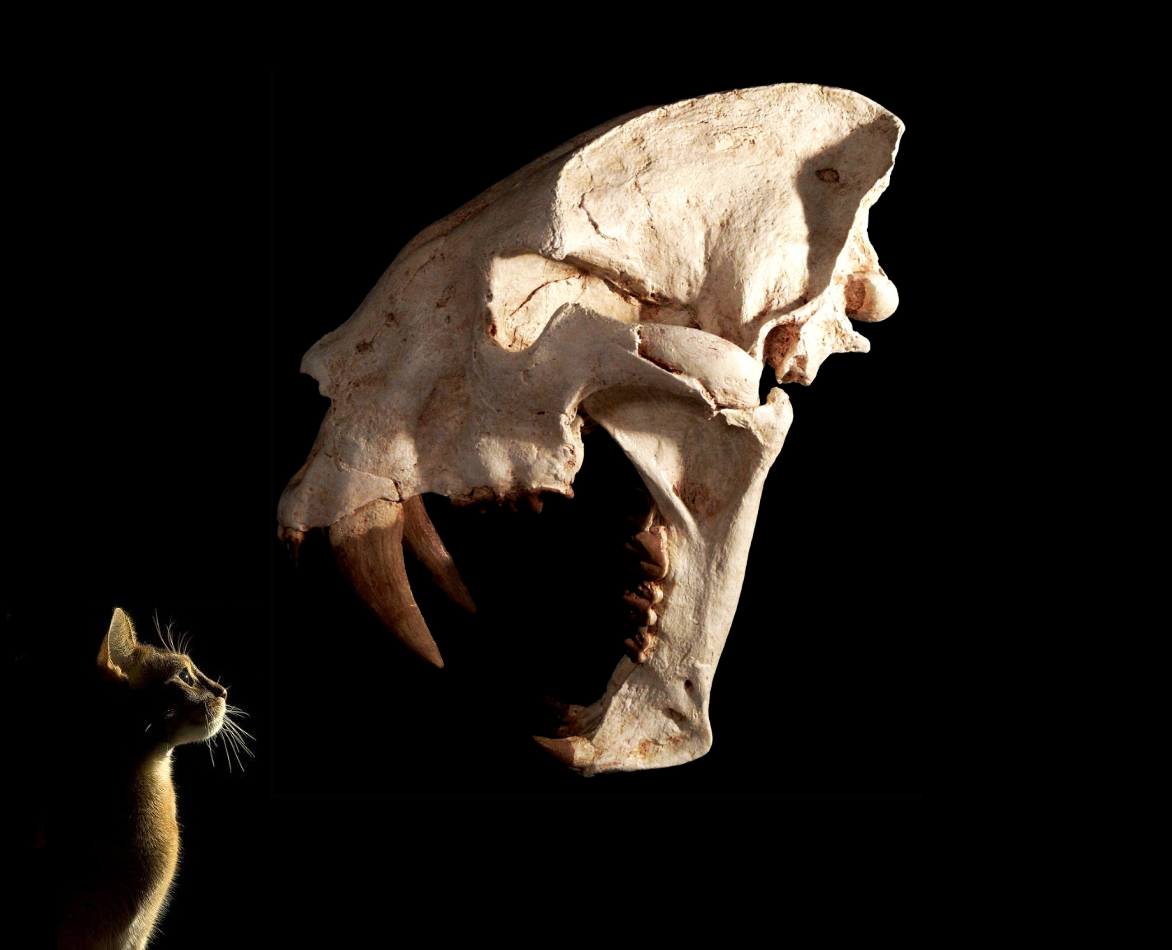
Machairodus giganteus was one of the largest saber-tooth cats ever, weighing up to 1,100 pounds. It was a true heavyweight, using its massive size to tackle big prey in the deep forests of Eurasia. But when those forests vanished, so did the animals it hunted. Grasslands required speed and agility, not brute strength, and Machairodus giganteus found itself left behind. Sometimes, being the biggest just isn’t enough when the world turns upside down.
Yoshi: The “Strange” Saber-Tooth of China

Yoshi was a saber-tooth cat recently discovered in China, named for its quirky features and unique skull shape. It lived in the forests of ancient Asia, using its odd looks to its advantage while hunting in thick vegetation. But as climate change opened up the landscape and grasslands spread, Yoshi’s unusual adaptations no longer fit the environment. It’s a reminder that nature loves to experiment, but not all experiments are built to last when everything changes.
Pogonodon: The North American Forest Cat
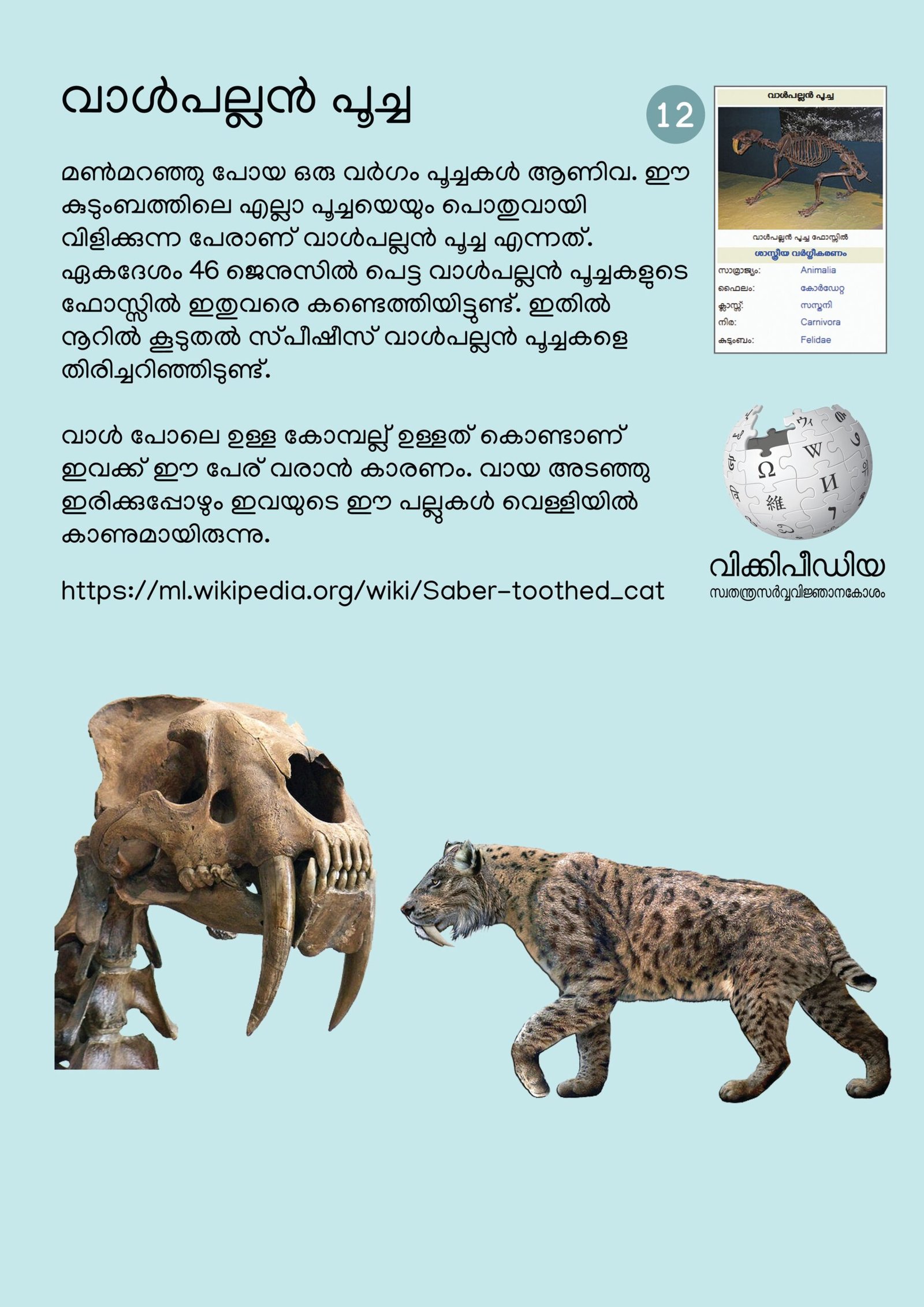
Pogonodon was an early saber-tooth that prowled North America’s ancient forests. It was a nimble, medium-sized cat that depended on dense cover to surprise its prey. As forests thinned and grasslands expanded, Pogonodon’s favorite hunting grounds vanished. The open plains were full of new challenges and faster prey, and Pogonodon’s ambush tactics just didn’t work anymore. It’s like being a master chess player suddenly forced to play checkers—sometimes, the game changes too much to keep up.
Promegantereon ogygia: The Spanish Forest Specialist

Promegantereon ogygia was a saber-tooth cat that lived in the forests of what is now Spain. It relied on thick undergrowth for stalking and quick pounces, taking advantage of every shadow. But as climate shifts turned forests into grassland, this cat’s way of life became impossible. The new landscape demanded different skills, and Promegantereon ogygia was left without a role. Its story is a quiet example of how even the best-adapted animals can be undone by a changing world.
Paramachaerodus maximiliani: The Forest Phantom of Central Europe
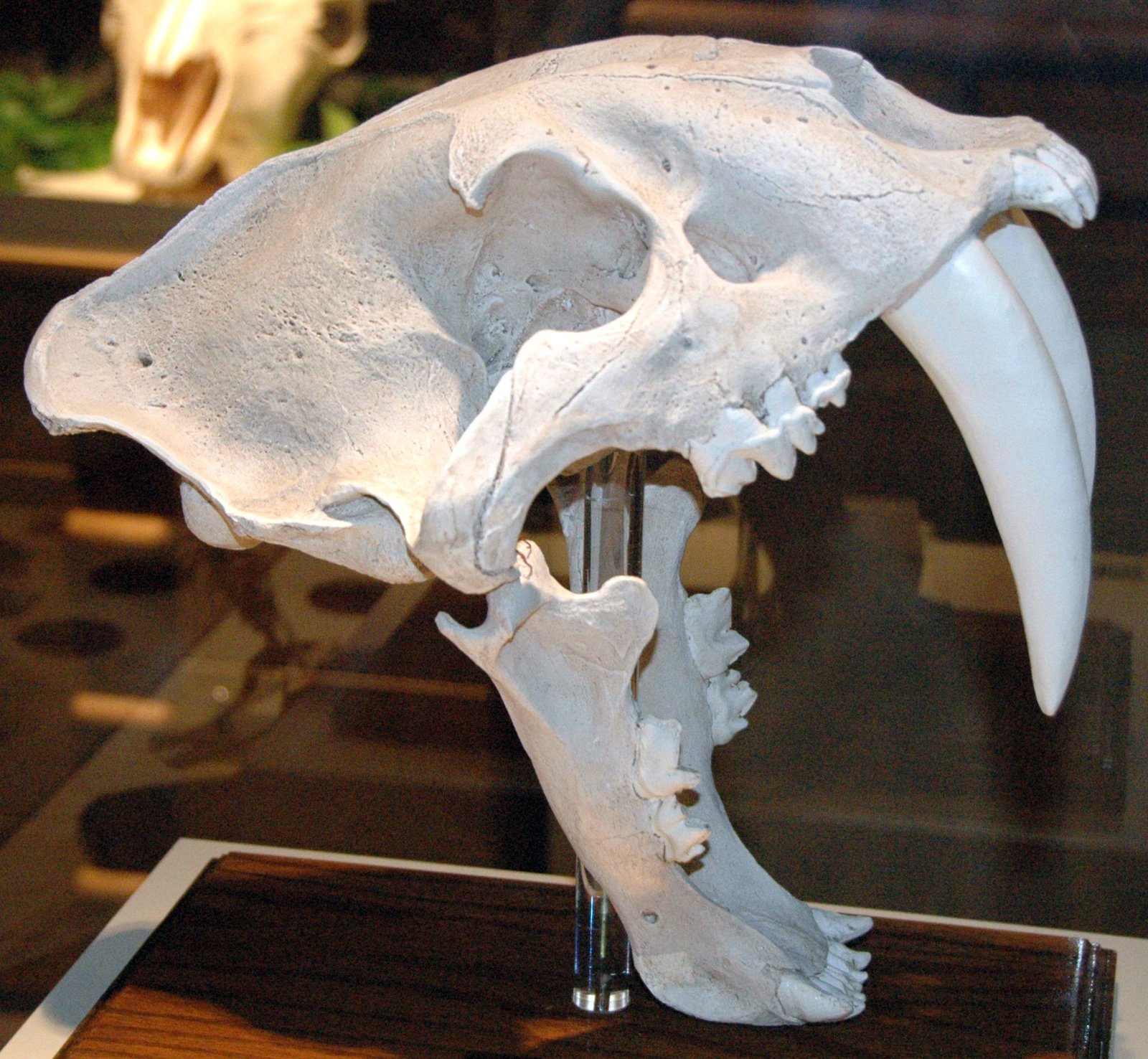
Paramachaerodus maximiliani haunted the ancient forests of Central Europe, moving like a shadow through the trees. Its saber teeth were perfect for close-up attacks in dense cover. But as grasslands crept across the continent, this cat’s hunting grounds vanished. Unable to adapt to life in the open, Paramachaerodus maximiliani faded into extinction. Its story is a haunting reminder of how quickly the world can change—and how not every creature can change with it.
Adelphailurus: The Close-Quarter Combat Cat
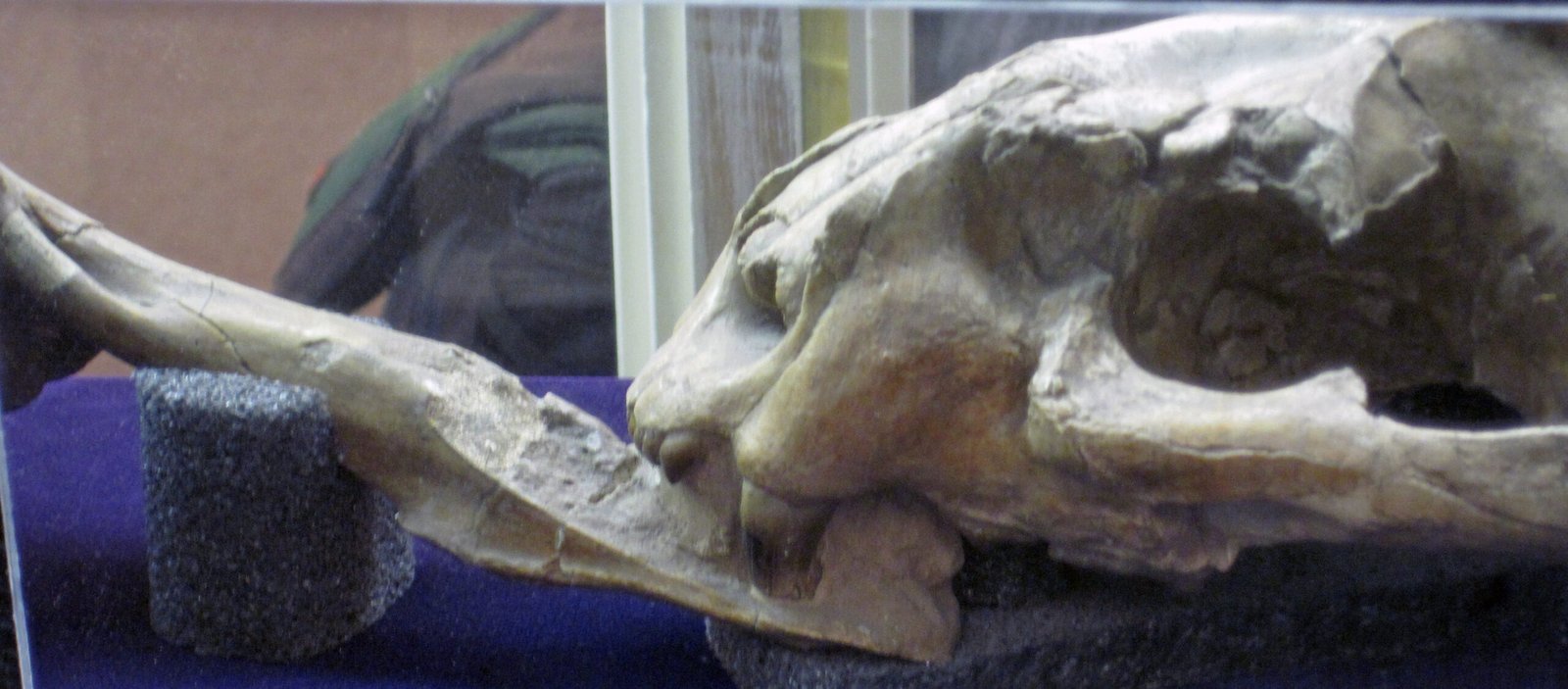
Adelphailurus was a saber-tooth known for close-quarter fighting in the tangled forests of North America. It used its powerful jaws and sharp teeth to ambush prey at short range, relying on thick vegetation to get close. But as forests disappeared and grasslands took over, Adelphailurus lost its hunting advantage. Open spaces meant longer chases and less chance for surprise, spelling the end for this close-combat specialist. It’s a lesson that sometimes, being too specialized can be risky when the world won’t stand still.
Smilodontopsis: The Last of the Shadow Stalkers
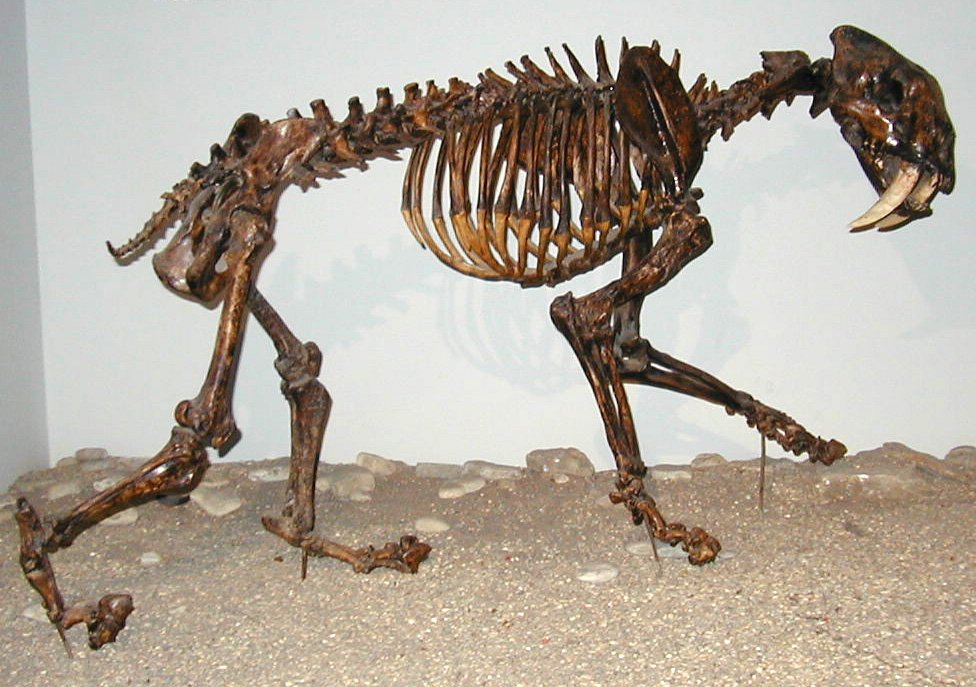
Smilodontopsis was one of the final saber-tooths to walk in the shadows of ancient forests. It used every trick in the book—stealth, patience, and those iconic teeth—to hunt in tangled undergrowth. But as forests thinned and new predators appeared on the grasslands, Smilodontopsis couldn’t keep up. Its specialized skills became a disadvantage, and it quietly faded away. Imagine the last echo of a mighty roar, lost in the wind as the world moved on.
Which of these amazing saber-toothed cats would you love to meet in a forest—if you dared?

Suhail Ahmed is a passionate digital professional and nature enthusiast with over 8 years of experience in content strategy, SEO, web development, and digital operations. Alongside his freelance journey, Suhail actively contributes to nature and wildlife platforms like Feline Fam, where he channels his curiosity for the Feline into engaging, educational storytelling.
With a strong background in managing digital ecosystems — from ecommerce stores and WordPress websites to social media and automation — Suhail merges technical precision with creative insight. His content reflects a rare balance: SEO-friendly yet deeply human, data-informed yet emotionally resonant.
Driven by a love for discovery and storytelling, Suhail believes in using digital platforms to amplify causes that matter — especially those protecting Earth’s biodiversity and inspiring sustainable living. Whether he’s managing online projects or crafting wildlife content, his goal remains the same: to inform, inspire, and leave a positive digital footprint.






